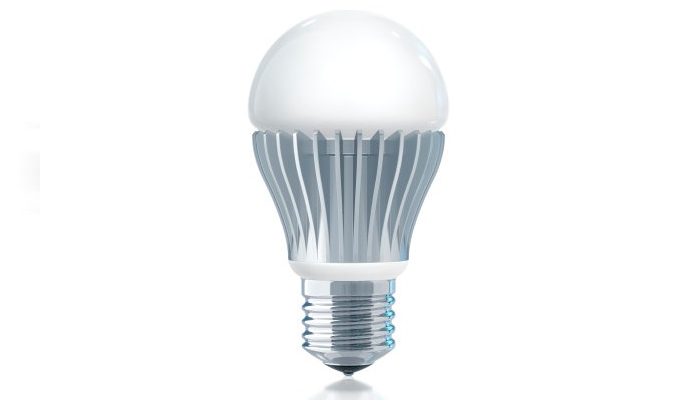Valerie Eacret, ERS, for Zondits
As with any nonrenewable resource, there are limits to efficiency as a resource. Steven Nadel’s recent paper explores the potential for energy efficiency to provide consistent, sustained savings. The good news is that a 1% load reduction appears to be feasible to at least 2030 – and potentially 2050 – and a savings of 2% per year is not out of the question. While these projections fall short of including bounce back, the data shows that past efficiency efforts that have reduced grid load by 1% generally do include rebound effects. This paper also includes studies that have assessed both indirect and direct rebound. Fortunately, even including the bounce back, the paper asserts that recent rates of improvements from energy efficiency can be sustained for many years to come.
Studies suggest that past rates of energy efficiency improvement can be sustained for decades
ACEEE, September 8, 2016
Can efficiency improvements achieved in past decades be sustained in the future? How much impact does the rebound effect have on energy efficiency potential out to 2030, or even 2050? To answer these questions, I was invited to write a paper entitled The Potential for Additional Energy Efficiency Savings Including How the Rebound Effect Could Affect This Potential. The paper appears in the current issue of Current Sustainable/Renewable Energy Report (September 2016), an academic journal published by Springer. A PDF of the paper can be accessed here.
Energy savings potential past and future
The paper discusses energy efficiency achievements in several countries over the past several decades and finds that energy efficiency improvements have reduced energy use by 0.6-2.0 % per year, varying by country and period studied. The paper then reviews a variety of recent studies that estimate how much energy efficiency potential remains, looking at studies that estimate efficiency potential out to at least 2030 and, in multiple cases, out to 2050.
Based on this analysis, as well as past accomplishments, I find that compound energy efficiency savings of 1.0-1.4% per year appear to be feasible, and savings of 2.0-2.6% per year might be possible, but have been infrequently demonstrated in practice. By and large, these estimates of potential future savings do not include rebound effects, although estimates of past efficiency improvements do generally include rebound effects.
How rebound effects savings estimates
The paper summarizes a variety of studies that look at direct and indirect rebound effects. (Direct rebound is the impact of a purchase of an efficient product on the purchaser’s use of that product; indirect rebound reflects upstream impacts such as the impact of re-spending money saved on energy bills.) From this review, I find that direct and indirect rebound effects are generally each in the range of 10-20% of savings; therefore total rebound typically is in the 20-30% range.
